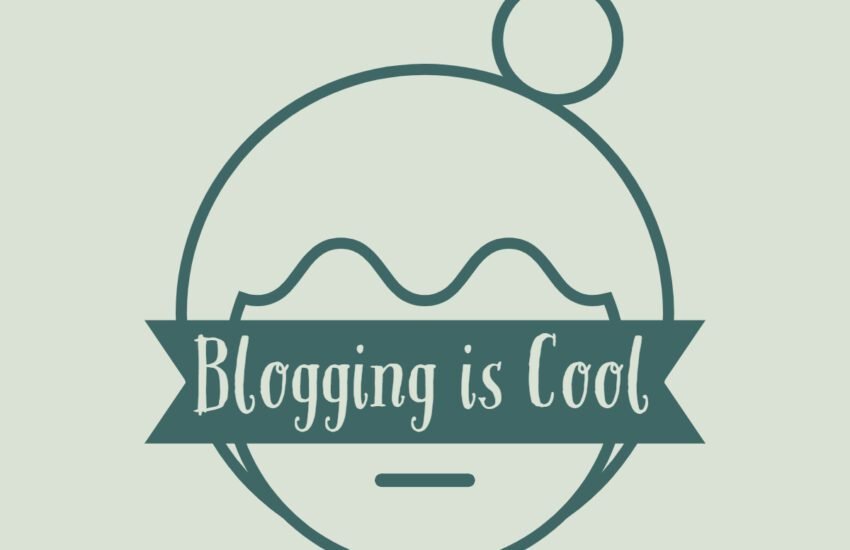How to Handle Readers’ Comments on Your Blog
Valuable Feedback
In the ever-evolving landscape of blogging, reader comments continue to play a significant role in shaping the success and impact of a blog.
They provide valuable feedback, foster engagement, and contribute to building a sense of community.
However, not all comments are positive or constructive. In this article, we will explore the importance of reader comments in 2024 and discuss strategies for dealing with negative feedback.
Vital for Success
Reader comments have always been a vital component of a blog’s success, and this remains true in 2024.
They offer a platform for readers to share their thoughts, opinions, and experiences related to the blog post. These comments can provide additional insights, alternative perspectives, and even correct any inaccuracies or omissions in the original content.
Moreover, reader comments can generate discussions, encourage interaction among readers, and create a sense of belonging within the blog’s community.
How to Deal with Negative Comments
However, negative comments are an inevitable part of running a blog. Dealing with these comments requires a balanced approach that acknowledges the importance of free expression while maintaining a positive and respectful environment. Here are some strategies for handling negative feedback:
1. Evaluate the comment’s legitimacy
Not all negative comments are created equal. Some may offer valid criticism or raise genuine concerns, while others might be purely malicious or trolling.
It is crucial to assess the comment’s intent and determine whether it adds value to the conversation or is simply meant to provoke.
2. Respond thoughtfully and constructively
When encountering negative comments, it is essential to maintain professionalism and avoid engaging in heated exchanges.
Responding with empathy, addressing the concerns raised, and providing additional information can help defuse tensions and demonstrate a commitment to open dialogue.
3. Moderate comments
Implementing a comment moderation system can help filter out inappropriate or offensive content. This allows you to maintain a respectful environment while still encouraging diverse opinions.
However, it is crucial to strike a balance and not stifle genuine dissent or differing viewpoints.
4. Ban and remove posts selectively
In cases where comments are excessively negative, abusive, or violate the blog’s guidelines, it may be necessary to ban or remove them.
However, this should be done sparingly and with clear guidelines in place to ensure transparency and fairness.
5. Encourage constructive criticism
Emphasize the importance of constructive criticism within your blog’s community.
Encourage readers to provide feedback in a respectful and constructive manner, fostering an environment where negative feedback can be turned into an opportunity for growth and improvement.
6. Learn from negative feedback
Negative comments, when approached with an open mind, can provide valuable insights and help identify areas for improvement.
Use them as an opportunity to reflect on your content, writing style, or any potential blind spots. Remember, even the most successful bloggers receive negative feedback from time to time.
7. Foster a positive community
While it is essential to address negative comments, it is equally important not to let them overshadow the positive engagement and support from your readers. Focus on fostering a positive and inclusive community where constructive dialogue thrives. Encourage readers to share their thoughts and opinions, and actively participate in the conversation.
Conclusion
Reader comments remain a vital aspect of blogging in 2024. They offer valuable feedback, foster engagement, and contribute to building a strong community.
Dealing with negative comments requires a balanced approach that involves evaluating their legitimacy, responding thoughtfully, moderating selectively, and learning from the feedback provided.
By creating a welcoming environment for constructive dialogue, bloggers can harness the power of reader comments to enhance their content and strengthen their connection with their audience.


